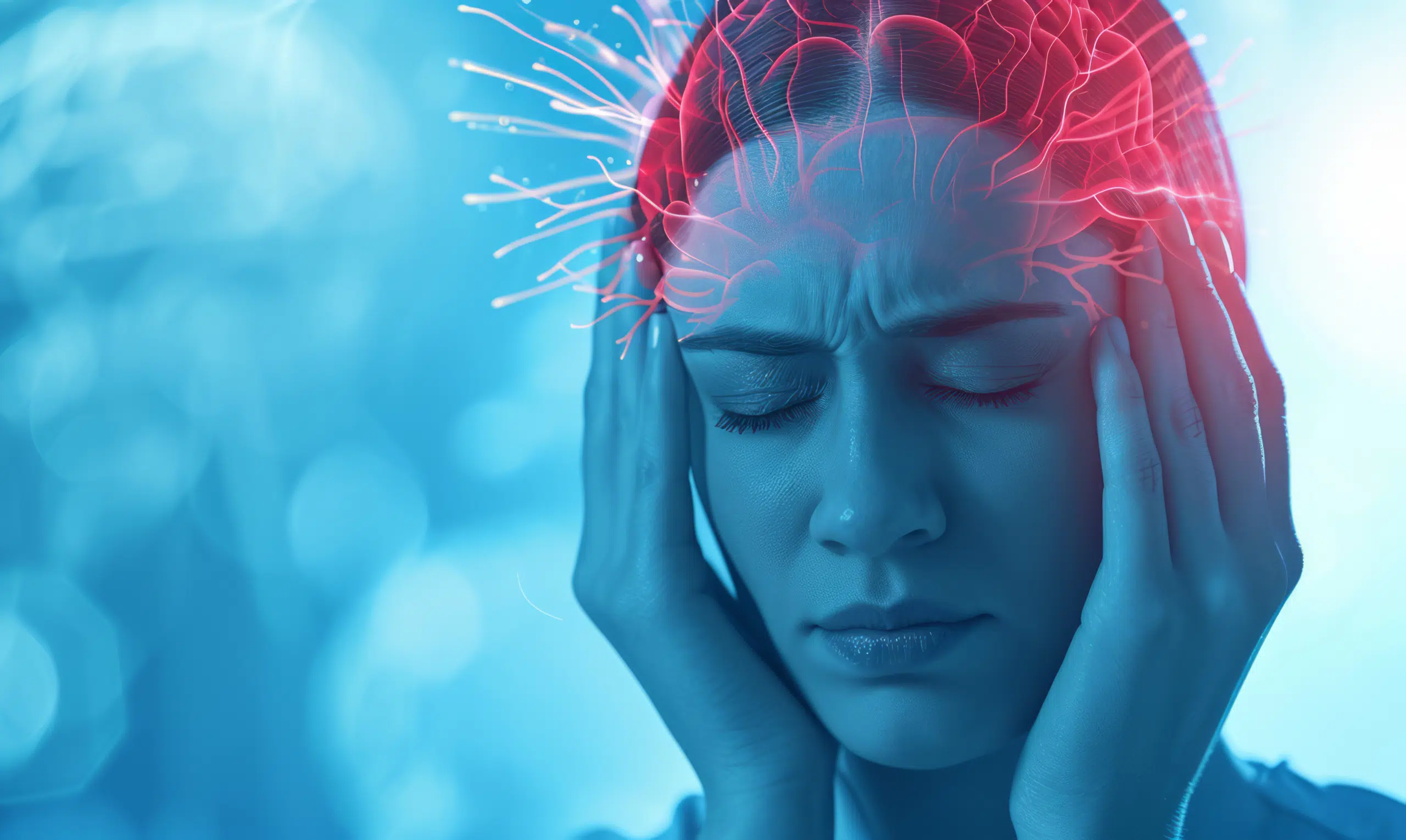Share
Medical Cannabis and Cancer: Current Research and Patient Experiences

Using medical cannabis for cancer treatment is a hot topic in the medical field. While there’s a lot of interest, it’s important to understand the facts. The International Association for the Study of Pain investigated it and found that there’s not enough solid proof yet to show that medical cannabis is safe and effective for cancer patients.
They’re holding off on recommending it until more research is done. However, some recent reviews did show that medical cannabis might help a bit with cancer symptoms. Additionally, people who used medical cannabis for cancer felt better about it overall and thought it helped them manage their symptoms.
To get a better understanding of what cancer patients and medical societies think and experience when it comes to using medical cannabis, more research is needed.
Patients with advanced cancer are increasingly turning to cannabis and cannabinoids to manage various symptoms and improve their overall quality of life. These symptoms include pain, nausea, loss of appetite, anxiety, sleep problems, and the emotional toll of medical treatments.
In this article, we can better understand how cannabis and cannabinoids can alleviate symptoms in cancer patients, improve their quality of life, and ensure their safety and effectiveness.
Potential benefits of medical cannabis in pain management
The efficacy of cannabinoids, particularly tetrahydrocannabinol in managing cancer-related pain has been studied extensively over the years since the 1970s.
Evidence suggests several potential advantages, particularly in alleviating cancer-related symptoms and improving the overall quality of life for patients undergoing treatment.
Pain Relief:
Medical cannabis holds promise in helping cancer patients manage pain. Cancer-related pain can be intense and tough to control with regular medications alone. Research shows that cannabinoids, found in cannabis like THC and CBD, can interact with the body’s endocannabinoid system, which regulates pain perception. By adjusting pain signals in the brain and spinal cord, medical cannabis may offer relief to cancer patients dealing with both short-term and long-term pain.
Nausea and Vomiting:
Medical cannabis also shows the potential to ease nausea and vomiting, especially caused by chemotherapy. These side effects can be overwhelming and might even lead to treatment interruptions or reduced effectiveness. Cannabinoids have anti-nausea properties that can help calm down dizziness and vomiting by acting on specific receptors in the brain. This means medical cannabis could provide relief for cancer patients dealing with these unpleasant symptoms during treatment.
Boosting Appetite:
Many cancer patients struggle with a loss of appetite, which can result in weight loss and a lower quality of life. Medical cannabis has been studied for its ability to increase appetite. THC, a component of cannabis, interacts with receptors in the brain responsible for appetite regulation, making people feel hungrier and more inclined to eat. By stimulating appetite, medical cannabis may help cancer patients maintain a healthy weight and improve their overall health outcomes. This factor is very important for improving cancer and AIDS patients.
Improving Life Quality:
Medical cannabis may contribute to enhancing the overall well-being of cancer patients.
Chronic pain, nausea, loss of appetite, and other treatment side effects can take a toll on physical and emotional well-being. By offering relief from these symptoms, medical cannabis can help patients feel better physically and emotionally. This relief can improve mood, increase comfort, and better engagement in daily activities and social interactions. Additionally, medical cannabis may empower patients by giving them a sense of control over their symptoms, positively impacting their ability to cope with the challenges of cancer treatment.
While more research is needed to fully understand how medical cannabis can benefit cancer patients, current evidence suggests it may help manage pain, reduce nausea, boost appetite, and improve overall quality of life. As part of a holistic approach to cancer care, medical cannabis has the potential to complement traditional treatments and provide valuable support to patients on their cancer journey.
Current research on medical cannabis in cancer care
In cancer, one option that’s getting attention is medical cannabis. Nevertheless, there’s still a lot we don’t know about it, especially for treating cancer pain. Some studies have looked at how well cannabinoids work for pain and other cancer problems.
People usually tolerate the side effects of cannabinoid treatments pretty well. These can include feeling forgetful, sleepy, nauseous, throwing up, or having a dry mouth. However, it’s important to remember that cannabis might interact with other drugs.
To learn more about how well medical cannabis works for cancer symptoms, based on The Effectiveness and Safety of Medical Cannabis for Treating Cancer-Related Symptoms in Oncology Patients study, 404 patients were followed for six months to see how they felt and if they had any problems while using medical cannabis.
At the start of the study, phase 0, patients had been dealing with pain for around 4 months. But, as time went on, their pain improved, and the results are listed below:
- Average weekly pain intensity dropped by about 20% from phase 0 to phase 6;
- Least pain intensity decreased by about 25%;
- Worst pain intensity reduced by around 20%.
Both the emotional and physical aspects of pain decreased.
Most patients experienced a decrease in pain over time. However, about 20% reported either no change or an increase in pain intensity. Around 36% of patients reported at least a 30% reduction in average weekly pain intensity at phase 6. These findings suggest that medical cannabis treatment helped reduce pain for many patients, but not everyone experienced the same level of improvement.
There’s a lot of interest in how medical cannabis can help as a therapeutic for cancer patients. This study found that most cancer symptoms improved significantly over 6 months of medical cannabis treatment. Medical cannabis treatment might take some time to have its full effect.
Other studies have also shown that medical cannabis treatment can help cancer patients feel better overall, not just by reducing pain.
Almost half of the patients stopped taking all pain medications after 6 months of medical cannabis treatment. This suggests that medical cannabis might be a good alternative to other therapeutics for some patients. Another possibility is that patients who survived the 6 months experienced less severe symptoms or had fewer health issues.
Interestingly, the dose of THC increased over time for most patients, but this didn’t lead to more side effects. This suggests that patients might develop tolerance to THC over time or that starting with a low dose and slowly increasing it is a safe way to use medical cannabis treatment.
To sum up, this study found that medical cannabis helped cancer patients feel a bit better over time, especially with pain and other symptoms. We also noticed that patients used fewer strong pain pills like opioids. While medical cannabis seems safe for cancer patients, it might not help everyone equally. So, doctors need to think carefully about whether it’s the right choice for each patient before suggesting it.

Patient Experiences: exploring the use of medical cannabis for chronic pain
Patients talked about different types of medical cannabis products, with a focus on cannabidiol oil and synthetic cannabinoid medications. Most patients who used cannabis had either a prescription or physician authorization. Some had even tried cannabis products from licensed retail stores before seeking medical advice.
Many patients turned to medical cannabis because they were dissatisfied with traditional pain medications. They found that cannabis, particularly CBD, offered better pain relief with fewer side effects compared to opioids or antidepressants. Some even saw cannabis as a safer option, considering it “natural” or “plant-based” compared to synthetic medications.
The side effects of painkillers are so heavy that the side effects of cannabis, for me, are minimal, it’s not even on the same gradient of evaluation. I would have to use a huge amount of cannabis to have the same level of side effects that I have on the other side. (Male, 60–69)
While some patients were optimistic about trying medical cannabis, others expressed hesitancy and concerns about trying a “new” treatment. Some wished for more research to understand cannabis’s potential better, while others had negative experiences with cannabis products, such as experiencing intense fatigue from nabilone.
Cannabis, since it’s legalized, I have been thinking about it. The question I ask myself now is, when I have pain, should I try cannabis? I’m afraid, and I talk about it with my doctors. They always say to me that I have only one kidney. When I talk about it with my doctor, they don’t agree so much because of my condition. (Male, 70–79)
Despite its potential benefits, the lack of insurance coverage for medical cannabis posed challenges for patients. Some resorted to purchasing cannabis from illegal sources due to its high cost, highlighting the need for affordable access to medical cannabis products.
In conclusion, patients’ perspectives on medical cannabis for chronic pain vary widely, from hopeful optimism to cautious skepticism. More research is needed to address uncertainties and fears, ensure safety and efficacy, and improve access to affordable medical cannabis options for patients in need.
While medical cannabis holds promise as a potential treatment for chronic pain, its full potential can only be realized through collaborative efforts among patients, pharmacists, researchers, and policymakers.
Potential anti-cancer properties of cannabinoids
Studies suggest that cannabinoids may combat cancer in several ways by slowing down tumor growth, prompting cancer cell death (apoptosis), and preventing cancer cells from spreading.
One of the key areas of interest is cannabinoids’ ability to put the brakes on tumor growth. Research shows they can interfere with the cell cycle, effectively slowing down or stopping tumor progression. Moreover, cannabinoids have been found to block the development of new blood vessels that tumors need to thrive, essentially starving them of essential nutrients.
In addition to stalling tumor growth, cannabinoids have shown promise in triggering apoptosis, a process where cancer cells self-destruct. What’s particularly interesting is that cannabinoids seem to target cancer cells specifically, leaving healthy cells unharmed. This could be a game-changer in cancer treatment.
Furthermore, cannabinoids show promise in limiting the movement and invasion of cancer cells. Metastasis, or the spread of cancer to other parts of the body, is a major challenge in cancer treatment. By inhibiting cancer cells’ ability to migrate and invade surrounding tissues, cannabinoids could help contain the disease and improve patient outcomes.
Cannabinoids hold immense promise as anti-cancer agents, with the potential to slow tumor growth, induce cancer cell death, and hinder cancer cell migration and invasion. Further exploration in this area could result in innovative therapies that enhance current cancer treatments and provide optimism to individuals fighting this severe illness.
Impact of medical cannabis and common symptoms and side effects associated with cancer and its treatments
Cancer-related pain affects a significant number of patients undergoing anti-cancer therapy and those with advanced disease. In recent years, there has been growing interest in the potential of cannabinoids, including cannabis, for managing this type of pain, especially with the relaxation of legislative restrictions in many countries. Currently, medical cannabis is legal in 40 countries and 29 US states. Despite this, the World Health Organization (WHO) guidelines emphasize the need for more data on cannabinoids for cancer pain management.
Studies have shown that a notable percentage of cancer patients use cannabinoids for pain relief. Surveys conducted in Canada and a US state with legalized cannabis revealed that a considerable proportion of patients, ranging from 18% to 21%, reported using cannabis, with a significant portion using it specifically for cancer-related pain.
Sources:
Bialas P, et al. Long-term observational studies with cannabis-based medicines for chronic non-cancer pain: A systematic review and meta-analysis of effectiveness and safety. Eur J Pain. 2022 Jul;26(6):1221-1233. doi: 10.1002/ejp.1957. Epub 2022 May 13. PMID: 35467781.
Boland EG, et al. Cannabinoids for adult cancer-related pain: systematic review and meta-analysis. BMJ Support Palliat Care. 2020 Mar;10(1):14-24. doi: 10.1136/bmjspcare-2019-002032. Epub 2020 Jan 20. PMID: 31959586.
Sexton M, et al. The Management of Cancer Symptoms and Treatment-Induced Side Effects With Cannabis or Cannabinoids. J Natl Cancer Inst Monogr. 2021 Nov 28;2021(58):86-98. doi: 10.1093/jncimonographs/lgab011. PMID: 34850897; PMCID: PMC8848503.












